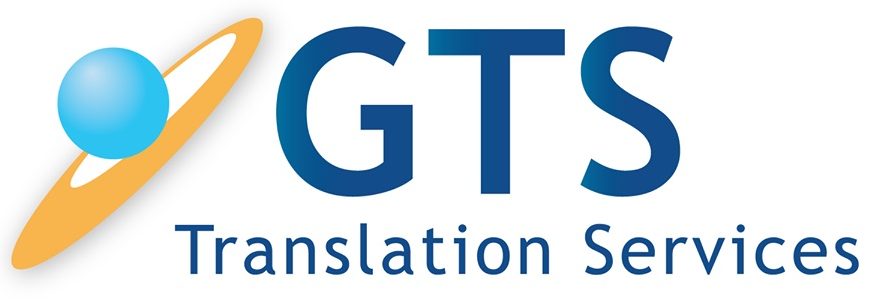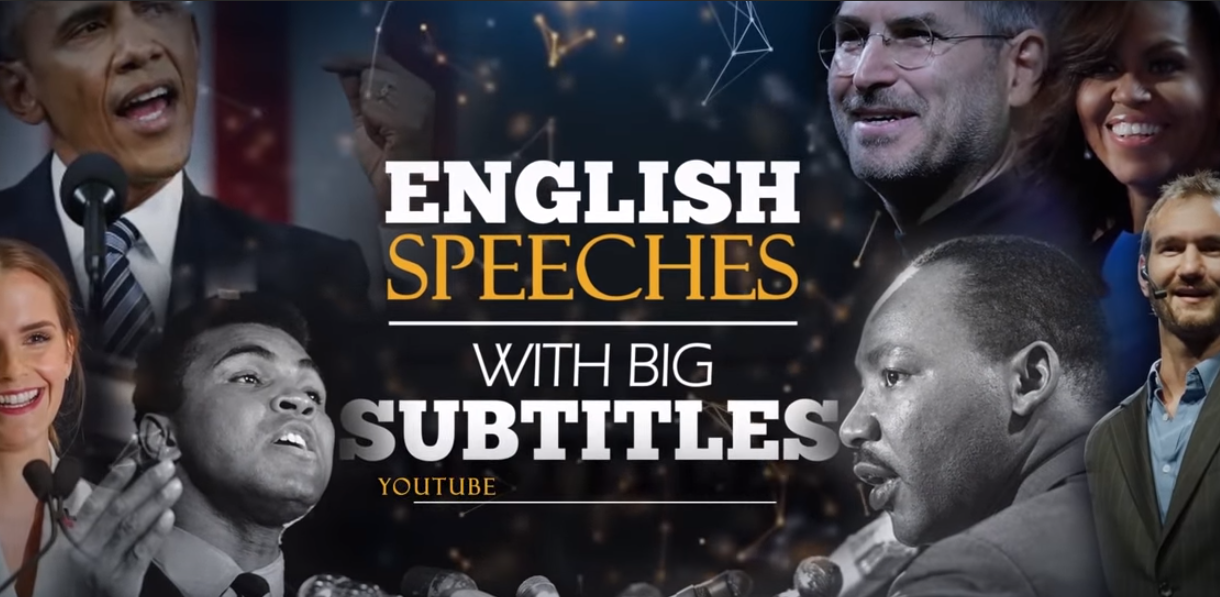by Charlie Fletcher
Personal trainers in metropolitan areas serve vibrant communities where Russian, Mandarin, Spanish, and Arabic speakers seek health and fitness guidance. Adding translation to a fitness business opens doors to untapped markets while building more communicative, authentic connections with clients who prefer working out using their native language. Professional trainers who adapt their services for multilingual communities stand out in competitive urban markets, creating stronger client relationships and establishing themselves as go-to fitness experts for diverse populations.
Translation services bridge cultural gaps that often keep potential clients from taking their first steps into fitness. When trainers communicate workout plans, nutrition advice, and motivational messages in a client’s preferred language, they remove barriers to entry and create an environment where every client feels welcomed and understood. This personalized approach turns language differences from obstacles into opportunities for business growth.
Building Strong Client Relationships Through Language
Communication forms the foundation of successful personal training, making every interaction count. A trainer who provides exercise instructions, progress updates, and motivational support in a client’s preferred language builds deeper trust and understanding. Clear communication leads to better form, safer workouts, and stronger results. Even more critically, you’re nurturing your ability to understand how to connect with other people on an individual level.
Different language groups often have varying expectations about trainer-client relationships. Some cultures value formal communication styles, while others prefer casual check-ins. Understanding these nuances helps trainers create communication systems that make every client comfortable.
Creating Content That Connects with Multilingual Audiences
Social media opens direct paths to new clients through carefully crafted multilingual content. Before launching translated content, review your social media profiles for cultural resonance and brand consistency. Instagram captions in Spanish might highlight morning HIIT classes, while Mandarin-language posts could focus on strength training programs popular with Chinese clients. Posts perform best when they mix professional fitness guidance with cultural awareness, such as adapting workout plans during cultural celebrations or religious observances.
Supporting Client Success Beyond the Gym
Smart distribution of multilingual content, especially video content, starts with pinpointing where target language groups spend their time. Track which platforms different communities prefer – WeChat might reach Mandarin speakers effectively, while WhatsApp groups connect better with Spanish-speaking clients. Physical marketing through local cultural centers, ethnic grocery stores, and community bulletin boards adds impact to your digital presence.
Setting Your Business Apart Through Language Services
Professional trainers who offer multilingual services fill a vital, often underserved gap in metropolitan fitness markets. Language barriers can get in the way of many day-to-day activities, including fitness. Adapting your fitness business for different language groups in your area creates a unique value proposition that goes beyond just translation. Doing so shows genuine commitment to serving diverse communities and understanding their specific fitness needs.
Success in multilingual markets requires more than fluency in another language. Cultural competency, respect for traditions, and awareness of community preferences shape how services get delivered and received. This deeper, nuanced understanding turns your language abilities into a competitive edge in a saturated fitness market.
Building Your Reputation as a Multilingual Fitness Expert
Recognition in multiple language communities grows through consistent, quality service. Many trainers start with one additional language based on local demographics, then expand their reach gradually. Success stories and client testimonials in different languages build credibility, while partnerships with cultural organizations open doors to community events and referrals. Trainers might teach free multilingual fitness workshops at community centers or create social media content that celebrates fitness achievements across cultures.
Creating Inclusive Fitness Spaces
Small changes make training spaces more welcoming to multilingual clients. Clear signage in multiple languages, translated liability forms, and exercise charts that use both English and other languages help clients feel at home. Some trainers display flags representing the languages they speak or create workout areas with cultural considerations in mind. These thoughtful touches, combined with professional translation of key materials, show clients they belong in your fitness community.
Putting Multilingual Services Into Action
Moving from an English-only fitness business to offering multilingual services takes clear strategy and specific steps. Top trainers start by analyzing which local languages match their target market – often discovering that adding just one language like Spanish or Mandarin can double their potential client base.
The path starts with selecting key training documents for translation and identifying the right mix of professional translation support and everyday communication tools. What starts with basic translation of liability waivers and exercise guides grows into a complete system of multilingual services, but in increments. Most trainers find success by mastering service in one new language before adding others, letting client demand and market opportunities shape their growth pattern
Choosing Your First Language Services
Research local demographics to pick the most valuable language additions for your market. Start with translating core materials – intake forms, basic exercise guides, and safety instructions. Quality matters from day one, so finding the right translation service makes a crucial difference. Top online translation marketplaces connect fitness professionals with translators who understand exercise terminology and safety protocols. While translation apps can help with quick client messages, professional translators ensure accuracy for technical terms and important documents that protect your business.
Growing Your Language Services
Build your multilingual offerings step by step. Track which translated materials clients use most, and focus on improving those first. Some trainers hire bilingual assistants for busy periods or partner with other professionals who speak different languages. Regular feedback from multilingual clients helps refine service offerings – from preferred communication methods to cultural preferences about training styles.
Final Thoughts
Investing in translation services opens up new markets for personal trainers in metropolitan areas. Clear communication in multiple languages sets trainers apart, helping them reach clients who might otherwise hesitate to seek fitness guidance. As cities grow more diverse, trainers who break down language barriers create lasting connections with their communities.
Small steps in language expansion can help you reap major rewards, from a more dedicated customer base to strengthening long-term growth. Starting with one new language, focusing on quality translations, and building genuine relationships with multilingual clients are the best areas for trainers to focus on. When trainers make fitness accessible across language barriers, everyone wins. Clients get better results, trainers build stronger businesses, and communities become healthier.
About the Author
Charlie Fletcher is an active writer and blogger with extensive experience in socio-political topics, education, health and wellness, business, HR & marketing, and lifestyle and family life. You can find out more on Charlie’s LinkedIn page.





